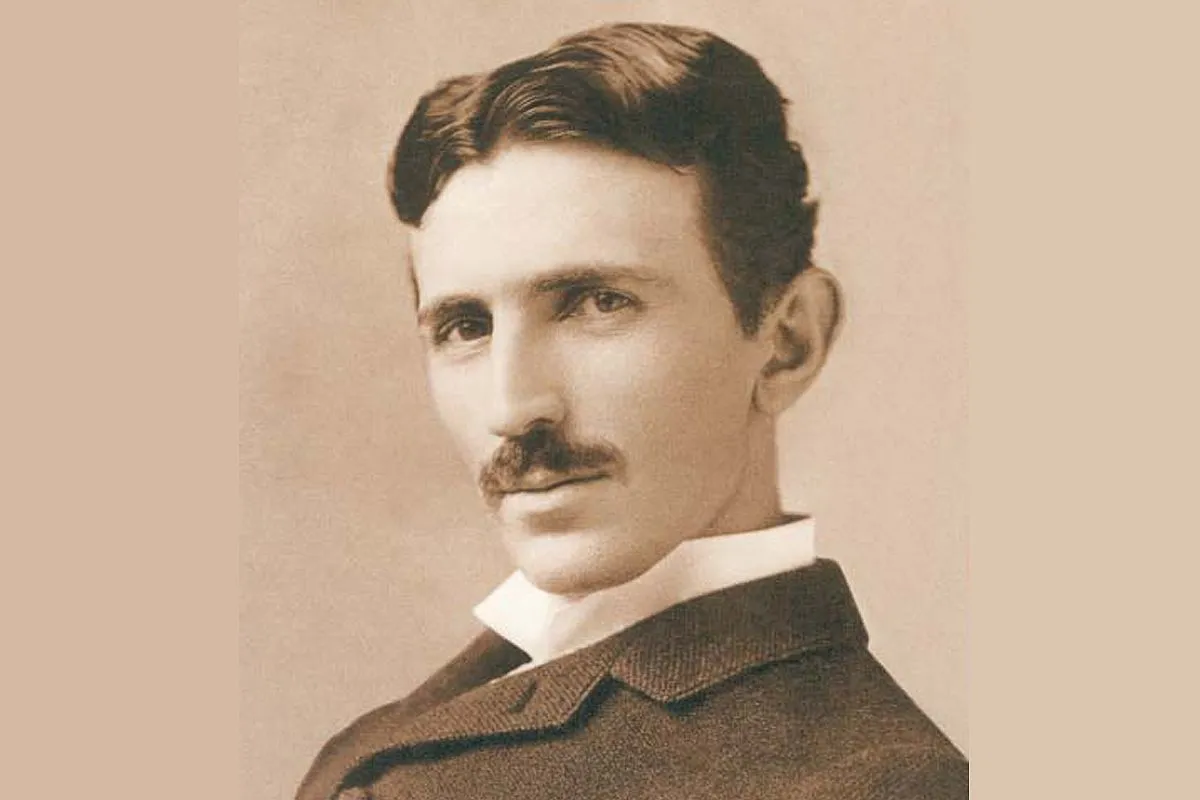Introduction to Nikola Tesla
theinvented.co – Nikola Tesla was a visionary inventor whose work in electricity and electromagnetism laid the foundation for modern power systems. Born in 1856, Tesla’s contributions include alternating current (AC), wireless energy transmission, and radio waves. Despite facing financial struggles and competition, his ideas shaped the world of electrical engineering.
Read More: Ancient Egyptian History: The Oldest Civilization in the World
Early Life and Education
1. Childhood and Education
Born in Smiljan, Croatia, Nikola Tesla showed early signs of brilliance. He studied electrical engineering at the Austrian Polytechnic in Graz, where he developed his deep understanding of physics and electromagnetism.
2. Move to the United States
In 1884, Tesla moved to New York and worked for Thomas Edison. However, disagreements over direct current (DC) vs. alternating current (AC) led him to part ways and pursue his own inventions.
Read More: The Legacy of Thomas Edison: A Visionary Who Shaped the Modern World
Major Inventions of Nikola Tesla
1. The Alternating Current (AC) System
Tesla’s most significant contribution to modern electricity was the development of alternating current (AC). Unlike Edison’s direct current (DC), AC allowed electricity to travel over long distances, making it the global standard for power distribution.
2. Tesla Coil
In 1891, Tesla invented the Tesla Coil, a high-voltage transformer used in early wireless transmission experiments. This invention became the foundation for radio waves, radar, and wireless communication.
3. Wireless Energy Transmission
Tesla believed in a world where electricity could be transmitted without wires. His Wardenclyffe Tower project aimed to deliver wireless energy globally, but it was never completed due to financial difficulties.
4. Contributions to Radio Technology
Though Guglielmo Marconi is credited with inventing the radio, Tesla’s experiments in wireless transmission predate Marconi’s work. In 1943, the U.S. Supreme Court recognized Nikola Tesla as the true inventor of radio technology.
Tesla’s Rivalry with Thomas Edison
1. The War of Currents
Tesla’s advocacy for AC power clashed with Edison’s support for DC power. This battle, known as the War of Currents, ended when Westinghouse Electric, using Tesla’s AC system, won the contract to power the 1893 Chicago World’s Fair and later the Niagara Falls power plant.
2. Edison vs. Tesla: Different Business Strategies
While Edison was a shrewd businessman, Tesla focused on scientific discovery rather than financial gain. This difference in approach caused Tesla to struggle financially despite his groundbreaking inventions.
Challenges and Later Years
1. Financial Struggles
Despite his genius, Nikola Tesla was not skilled at managing business deals. Many of his projects, including wireless electricity, failed due to lack of funding.
2. Forgotten Genius
As competitors like Marconi and Edison gained commercial success, Tesla’s name faded from the public eye. He spent his final years in New York, living in near poverty until his death in 1943.
Tesla’s Legacy and Influence
1. A Visionary Ahead of His Time
Many of Tesla’s ideas, such as wireless power and renewable energy, were far ahead of his time. Today, scientists and engineers continue to explore his concepts.
2. Tesla’s Impact on Modern Technology
His work in AC power, wireless communication, and robotics has influenced industries ranging from electricity generation to modern wireless networks.
3. Recognition in the 21st Century
Today, Nikola Tesla is celebrated as a scientific genius. The Tesla electric car company, founded by Elon Musk, was named in his honor, recognizing his contributions to sustainable energy and electrical engineering.
